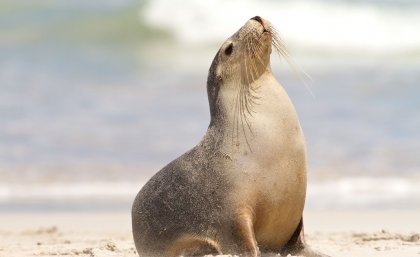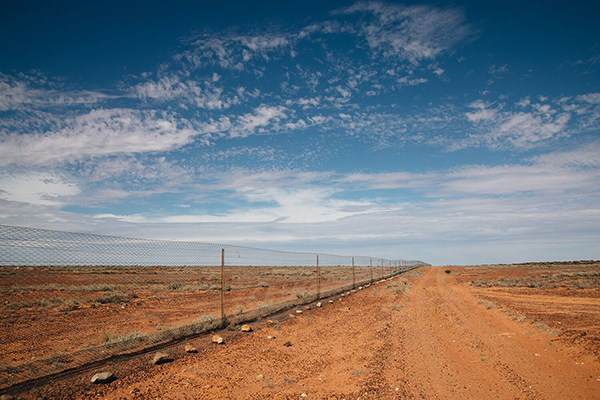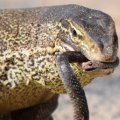
Populations of Australia’s threatened mammals have declined by 38 per cent on average in 20 years, yet research shows conservation efforts have led to significant recoveries.
The University of Queensland’s Dr Elisa Bayraktarov was part of a Threatened Species Recovery Hub collaboration compiling Australia’s Threatened Species Index, combining data from monitoring programs to track trends.
“I’ve spent four years developing the index, assembling threatened and near-threatened species data contributed by many state agencies, NGOs, citizen scientists and other researchers,” Dr Bayraktarov said.
“We’ve found that in areas without any active conservation management, things were much worse than the national average, with threatened mammal populations decreasing by 60 per cent between 1995 and 2016.
“But Australia has also achieved some conservation successes in that period, and our results show that where effort is being made it usually pays off.
“The results also demonstrate the effectiveness of Australia’s havens network of fox- and cat-free islands and fenced conservation areas, for protecting populations of threatened species.
“Between 2000 and 2016, populations of 15 threatened mammals at such sites increased five-fold – a remarkable result.”
The burrowing bettong (boodie) and bridled nail-tailed wallaby are among the species that have had large population gains inside havens in places like Barrow Island and Shark Bay in Western Australia.
 “The recoveries of these species represent some of the most spectacular conservation successes in the world,” Dr Bayraktarov said.
“The recoveries of these species represent some of the most spectacular conservation successes in the world,” Dr Bayraktarov said.
“However, havens only cover 0.01 per cent of Australia’s total area – so there are a lot of threatened mammal populations outside of havens needing protection.”
Dr Bayraktarov said the index would help give the public and policymakers a better understanding of how threatened mammals are faring.
“The index currently includes data for 57 mammal species and subspecies collected at 1186 sites across Australia, but these numbers are growing as new data is added each year,” Dr Bayraktarov said.
“It also includes threatened birds, and we’re also compiling data on plants.
“We know of 17 threatened bird and mammal species at about 150 sites that may have been impacted by the recent bushfires.
“As data from bushfire-affected sites is added to the index in future years, it will enable the overall impact of the fires on threatened species populations to be understood, in addition to providing a tool to measure their recoveries.
“We’ve now got a quantitative, broad measure of the wellbeing of Australia’s species – let’s use this new metric to protect our precious species for generations to come.”
The research team encourages any groups monitoring threatened and near threatened species to contribute their data at tsx@uq.edu.au.
The index was developed by the Threatened Species Recovery Hub of the Australian Government’s National Environmental Science Program and is the first of its kind in the world.
Image above left: Feral proof fence at Arid Recovery Reserve in South Australia. Credit: Nicolas Rakotopare
Media: Dr Elisa Bayraktarov, e.bayraktarov@uq.edu.au, +61 0401 676 881; Dominic Jarvis, dominic.jarvis@uq.edu.au, +61 413 334 924.
Photos available in dropbox to accompany this story, as well as a video explainer. Photographers must be credited. Only for use with this story.










